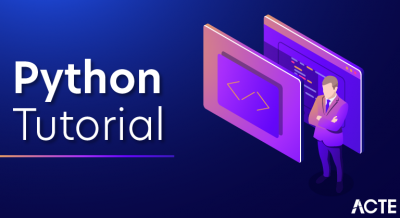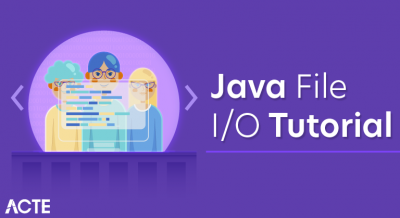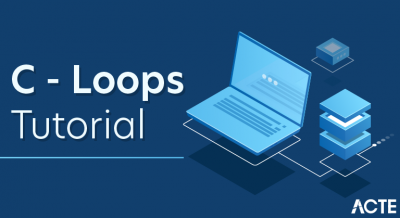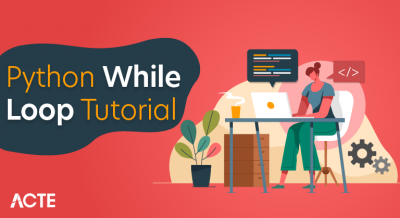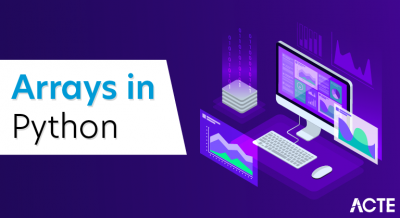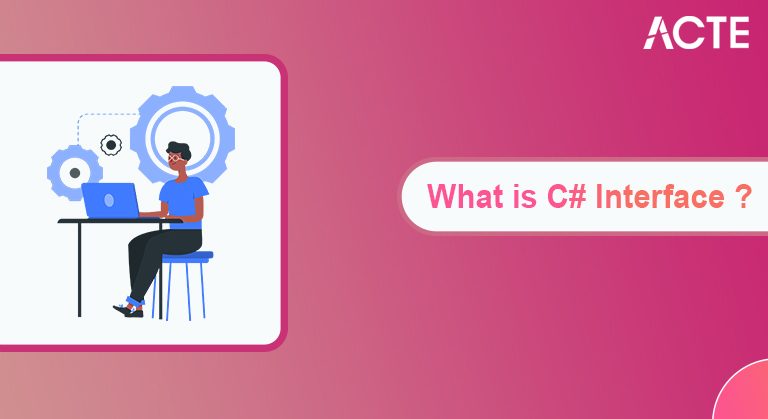
- Introduction to Interface in C#
- What is the C# interface?
- What is the point of interaction in the C# give code model?
- For what reason do we use interface?
- History of Interface in C#
- What is a interface point class give one illustration of it?
- C# Interface Types
- Take a look at the options for implementing IDisposable
- How would you characterize a constructor in a C# interface?”
- Structure
- Advantages of involving points of interaction in C#
- Focuses to Remember
- Conclusion
- In the human world, an agreement between at least two people ties them to go about according to the agreement. Similarly, a point of interaction incorporates the statements of related functionalities. The substances that carry out the point of interaction should give the execution of announced functionalities.
- In C#, a point of interaction can be characterized utilizing the point of interaction catchphrase. A point of interaction can contain affirmations of techniques, properties, indexers, and occasions. Nonetheless, it can’t contain fields, auto-carried-out properties. The accompanying interface point proclaims a few fundamental functionalities for the document activities
- It is utilized to accomplish absolute deliberation. Since java doesn’t uphold a different legacy if there should arise an occurrence of class, however by utilizing interface point it can accomplish numerous legacy.
- It is additionally used to accomplish the free coupling. Points of interaction are utilized to carry out deliberation. So the inquiry emerges why use interfaces when we have conceptual classes?
- The explanation is, theoretical classes might contain non-last factors, while factors in interface point are conclusive, public, and static.
- How about we start in the center, where we announce the interface point. As may be obvious, the main distinction from a class statement is the catchphrase utilized – interface rather than class. Likewise, the name of the point of interaction is prefixed with an I for Interface – this is just a coding standard and not a necessity. You can call your points of interaction anything you desire, however since they are utilized like classes such a lot of that you may struggle differentiating in certain pieces of your code, the I prefix appears to be legit.
- Then, at that point, we announce the Describe technique, and thereafter, the Name property, which has both a get and a set watchword, making this a read and writeable property. You will likewise see the absence of access modifiers (public, private, safeguarded, and so on), and that is because they are not permitted in a interface point – they are on the whole open as a matter of course.
- Next up is our Dog class. Notice how it looks very much like acquiring from another class, with the colon between the class name and the class/point of interaction being subclassed/carried out. Notwithstanding, for this situation, two interface points are executed for a similar class, just isolated by a comma. You can execute however many points of interaction as you need to, yet for this situation, we just carry out two – our IAnimal interface, and the .NET IComparable interface point, which is a common point of interaction for classes that can be arranged. Presently as may be obvious, we have carried out both the strategy and the property from the animal interface, just as a CompareTo technique from the IComparable point of interaction.
- A class can carry out more than one point of interaction.
- A point of interaction can expand another interface point or interface point (more than one point of interaction).
- A class that executes the interface must carry out every one of the strategies in the interface.
- Every one of the strategies is public and unique. And every one of the fields is public, static, and last.
- It is utilized to accomplish various legacy.
- It is utilized to accomplish the free coupling.
- “ IEnumerable, IEnumerator {
- // IEnumerable technique GetEnumerator()
- IEnumerator IEnumerable.GetEnumerator() {
- toss new NotImplementedException();
- }
- public article Current {
- get { toss new NotImplementedException(); }
- }
- // IEnumertor strategy
- public bool MoveNext() {
- toss new NotImplementedException();
- }
- // IEnumertor strategy
- public void Reset() {
- toss new NotImplementedException();
- }
- }
- Above you can see the two strategies for IEnumerator.
- // IEnumerator technique
- public bool MoveNext() {
- toss new NotImplementedException();
- }
- // IEnumertor technique
- public void Reset() {
- toss new NotImplementedException();”
- In C# forms sooner than 8.0, a point of interaction resembles a theoretical base class with just unique individuals. A class or struct that executes the interface point should carry out the entirety of its individuals.
- Starting with C# 8.0, a interface point might characterize default executions for some of its individuals as a whole. A class or struct that executes the interface point doesn’t need to carry out individuals that have default executions. For more data, see default interface strategies.
- An interface point can’t be started up straightforwardly. Its individuals are carried out by any class or struct that executes the point of interaction.
- A class or struct can execute various points of interaction. A class can acquire a base class and carry out at least one interface point.
- “utilizing System;
- namespace Sub main
- {
- public class UserData: IDisposable
- {
- private readonly IDbInterface _dbInterface;
- // … other code
- public void Dispose()
- {
- _dbInterface.Close();
- }
- }
- }”
- “<'class | struct> : <'interface>”
- 1. Implement point of interaction
- 2. Implement interface point unequivocally
- The specialized response is that you can’t; characterizing a constructor on an Interface isn’t permitted in any programming language that I am aware of, certainly not in C#. Anyway, there is a tricky method for getting similar wanted conduct.
- First, however, the principle motivation behind why you can’t have a constructor characterized on an Interface is because it would make all in all an issue for the compiler assuming you had a class that acquired from various interface points and every point of interaction had its constructor characterized. Which one could be called? Could they all be called? Imagine a scenario in which you need to sidestep every one of them and utilize your constructor in the calling class. There are other hypothetical issues also, like the division of conduct and execution (Interfaces characterize conduct, how they get carried out is up to the class that utilizes them).
- The acknowledged answer for this specific stack flood question had been an idea of utilizing a theoretical class rather than a point of interaction; since dynamic classes permit the meaning of a constructor. This is a completely OK arrangement however we can show improvement over this.
- The C# point of interaction’s actual power is that the shopper doesn’t have to know the subtleties of the maker. It just has to realize that anything it has adjusts to the point of interaction’s definition? that it has explicit strategies.
- Along these lines, interface points are frequently depicted as agreements. Yet, how treats mean? All things considered, an agreement expresses out loud whatever you’ll consent to give, yet not really how you’ll get it done.
- You may have an agreement with your mobile phone organization that says you’ll pay $300 each month for administration in addition to limitless information for such countless lines. You don’t dive into the subtleties of how they? re-associating you from the organization. You should simply know that you get on the cell organization and can involve information true to form. It’s something comparative with a interface point
- In the programming scene, a point of interaction permits us to utilize various classes and structs to satisfy the agreement characterized by a interface point. All the customer has to know is that there’s a strategy that does X. It doesn’t care about the subtleties.
- Strategies
- Properties
- Indexers
- Occasions
- Constants
- Administrators
- Static constructor.
- Settled sorts
- Static fields, strategies, properties, indexers, and occasions
- Part announcements utilizing the unequivocal interface point execution grammar.
- Express access modifiers (the default access is public).
- A point of interaction can acquire from at least one base point of interaction. At the point when an interface point abrogates a strategy executed in a base interface point, it should utilize the unequivocal point of interaction execution linguistic structure.
- At the point when a base kind rundown contains a base class and interface points, the base class should start things out in the rundown.
- A class that executes a point of interaction can expressly carry out individuals from that point of interaction. An unequivocally carried out part can’t be gotten to through a class occasion, yet just through an example of the point of interaction. Likewise, default interface individuals must be gotten to through an occasion of the point of interaction.
- For more data about unequivocal point of interaction execution, see Explicit Interface Implementation.
- “public point of interaction INamed
- {
- public string Name {get; set;}
- }”
- An Interface is utilized to get to the usefulness of the class which is carrying out it so you can dole out the object of the class to the Interface reference. What’s more, you can call techniques from that reference. So just open usefulness can be gotten to.
- Interfaces proclaimed straightforwardly inside a namespace can be public or inner and, very much like classes and structs, interfaces default to interior access. Interface individuals are public of course because the motivation behind a interface point is to empower different sorts to get to a class or struct.
- Points of interaction are extremely strong. On the off chance that appropriately utilized, interfaces give every one of the benefits as recorded underneath.
- Interfaces permit us to execute polymorphic conduct. Of course, conceptual classes can likewise be utilized to execute polymorphic conduct.
- Interfaces permit us to foster approximately coupled frameworks.
- Interfaces empower deriding for better unit testing.
- Interfaces empowers us to execute different class legacy in C#.
- Points of interaction are extraordinary for executing Inversion of Control or Dependency Injection.
- Interfaces empower equal application improvement.
- Interface can contain announcements of strategy, properties, indexers, and occasions.
- Interface can exclude private, safeguarded, or inside individuals. Every one of the individuals is public naturally.
- Interface can’t contain fields, and auto-carried out properties.
- A class or a struct can execute at least one interface point certainly or expressly. Utilize public modifier while carrying out interface verifiably, though don’t involve it in the event of express execution.
- Implement interface point unequivocally utilizing Interface Name Member Name.
- An interface point can acquire at least one point of interaction.
Introduction to Interface in C#:
What is the C# interface?
An interface in C# is a sort of definition like a class, then again, actually it addresses an agreement between an article and its client. It cannot be straightforwardly launched as an item, nor would information individuals be able to be characterized. Along these lines, a point of interaction is only an assortment of technique and property affirmations.
What is the point of interaction in the C# give code model?
A interface point may not proclaim case information like fields, auto-carried out properties, or property-like occasions. By utilizing points of interaction, you can, for instance, remember conduct from different hotspots for a class. That ability is significant in C# because the language doesn’t uphold numerous legacies of classes.
For what reason do we use interface?
History of Interface in C#:
Interface points are similar to dynamic classes and they share the way that no occurrences of them can be made. In any case, interface points are significantly more applied than conceptual classes, since no strategy bodies are permitted by any stretch of the imagination. So, a interface point is similar to a theoretical class with only conceptual techniques, and since there are no strategies with real code, there is no requirement for any fields.
Properties are permitted, however, just as indexers and occasions. You can think about a interface point as an agreement – a class that executes it is expected to carry out the techniques as a whole and properties. In any case, the main distinction is that while C# doesn’t permit various legacy, where classes acquire more than a solitary base class, it truly does truth be told take into consideration the execution of numerous interface points!
Anyway, how does all of this examine code? Here is a complete model. See, maybe give it a shot all alone, and afterward, read on for the full clarification:
Presently you may be thinking:
If we need to do basically everything our self, by carrying out the whole techniques and properties, why even trouble? What’s more, an excellent illustration of why it merits your time is given at the highest point of our model. Here, we add a lot of Dog objects to a rundown, and afterward, we sort the rundown. Also, how does the rundown has any idea how to sort canines? Since our Dog class has a CompareTo technique that can advise how to analyze two canines. Also, how does the rundown has any idea that our Dog item can do exactly that, and which technique to call to get the canines analyzed? Since we told it in this way, by carrying out a interface point that guarantees a CompareTo strategy! This is the genuine magnificence of points of interaction.
What is a interface point class give one illustration of it?
A point of interaction is a programming structure/punctuation that permits the PC to implement specific properties on an item (class). For instance, say we have a vehicle class and a bike class, and a truck class.
Significant focuses about point of interaction or outline of Tutorial:
We can’t make-instance (interface can’t be launched) of interface point however we can make the reference of it that alludes to the Object of its executing class.
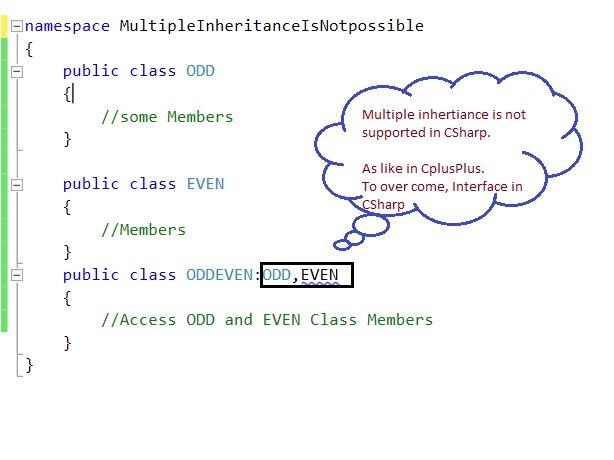
C# Interface Types:
Interfaces characterize properties, strategies, and occasions, which are the individuals from the interface. Interfaces contain just the affirmation of the individuals.
A portion of the interface point types in C# incorporate.
IEnumerable:
Basepoint of interaction for every single conventional assortment.
IList:
A nonexclusive point of interaction executed by the clusters and the rundown type.
IDictionary:
A word reference assortment. IEnumerable is a point of interaction characterizing a solitary strategy GetEnumerator that profits an IEnumerator interface. This works for readonly admittance to an assortment that carries out that IEnumerable can be utilized with a foreach proclamation.
The accompanying shows the execution of IEnumerable point of interaction.
Interfaces rundown:
A point of interaction has the accompanying properties:
Implementing Interfaces in C#:
We’ve seen a few instances of point of interaction definitions. Presently how about we set up them as a regular occurrence by executing them in classes. This implies is giving the class a technique that matches the mark of the interface point. When you have this, you can involve your class in anything that requires the point of interaction it carries out.
In the first place, since it’s one of the most widely recognized points of interaction, how about we carry out IDisposable. This model won’t be practical, however, it’ll provide you with a thought of how to utilize a point of interaction.
In this code, the UserData class carries out IDisposable. IDisposable is in the System namespace, so we have to utilize System; to import it. The colon (:) between the class name and the point of interaction demonstrates that we need to carry out the point of interaction. The example is, for the most part:
After you compose that part, your IDE should give you a few choices for carrying out the interface point in the class. This saves a ton of time and evades botches.
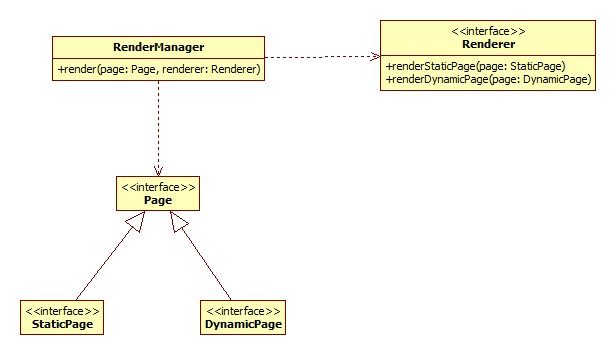
Take a look at the options for implementing IDisposable:
Keep in mind, IDisposable is a unique interface point. It has additional abilities! That is the reason you see “… with Dispose design” in the menu. Regularly, you would have just two choices:
We’ll discuss express execution later. Until further notice, I’m utilizing the primary choice “Execute interface” to keep things basic.
You’re presumably pondering this uncommon force of IDisposable. I won’t keep you standing by any longer. Here is the stunt.
How would you characterize a constructor in a C# interface?”
The True Power of the C# Interface:
Structure:
A point of interaction can be an individual from a namespace or a class. A point of interaction revelation can contain statements (marks with next to no execution) of the accompanying individuals:
These former part revelations ordinarily don’t contain a body. Starting with C# 8.0, a interface point part might proclaim a body. This is known as a default execution. Individuals with bodies license the interface point to give a “default” execution for classes and structs that don’t give a superseding execution. Moreover, starting with C# 8.0, a interface point might include:
Points of interaction may not contain occasion state. While static fields are presently allowed, example fields are not allowed in interfaces. Occurrence auto-properties are not upheld in interfaces, as they would verifiably proclaim a secret field. This standard subtly affects property revelations. In a point of interaction assertion, the accompanying code doesn’t announce an auto-carried-out property as it does in a class or struct. All things being equal, it announces a property that doesn’t have a default execution however should be carried out in any sort that executes the point of interaction:
The extent of interface point:
Advantages of involving points of interaction in C#:
This is the most generally asked talk with the inquiry. This inquiry question is being asked in practically all the speck net meetings. We must see every one of the ideas of points of interaction and theoretical classes.
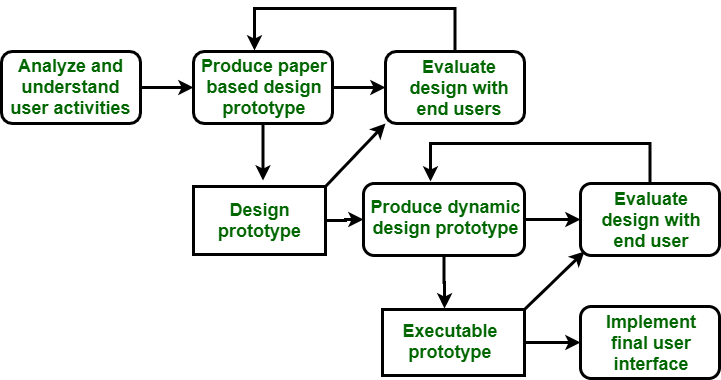
Focuses to Remember:
Conclusion:
Ideally, you’ve partaken in your excursion through the C# interface. I’ve appreciated expounding on it and sharing the information! Make sure to program to points of interaction and keep them centered. These key focus points will permit you to compose more adaptable, cleaner code.


